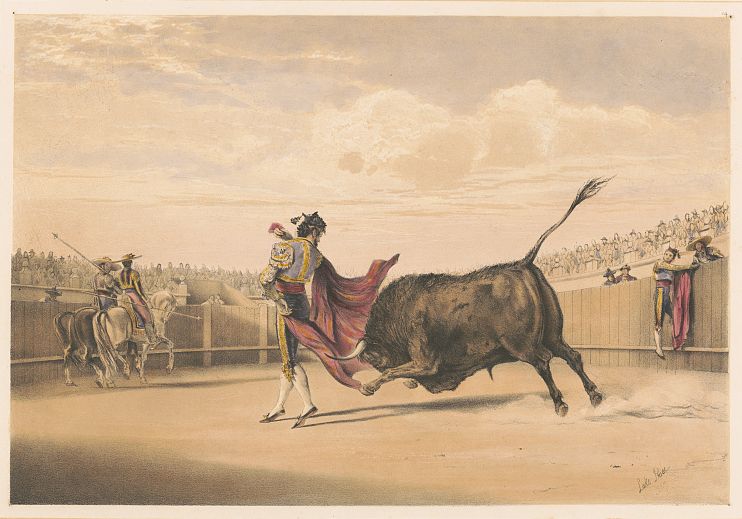Spanish Bullfighting is one of the most traditional activities and events in Spain, Colombia, Mexico, Peru, Ecuador, France, and Portugal. The event consists of a performance by the “torero,” a highly trained bullfighter, and the “toro,” a large bull.
What is Spanish Bullfighting?
“La Corrida de Toros,” Spanish Bullfighting, has been one of the oldest cultural traditions in the world. Bullfighting often takes place during spring and autumn, and is most popular in the cities Seville and Ronda. In the most traditional form of bullfighting, that is, Spanish-style bullfighting, three “toreros,” each fight two bulls which weigh around 460 kilograms or more. Traditionally, a picador would also enter the arena while riding a horse. Often the bull would viciously kill the horse, but due to public concerns, horses now wear protective gear. However, the main part of the bullfighting act is when the picador stabs the bull’s neck to eventually kill the bull. This means that the show often involves stabbing a bull multiple times, then finally performing a killing thrust to end the bull’s life.
The controversy:
Concerns regarding animal cruelty have arisen, as people voice their opinions regarding the prolonged and painful death of the bull. As a result, many people refuse to attend “La Corrida de Toros,” due to the violent death of the animal. However, there have also been concerns regarding the safety of the bullfighters as well. It is not uncommon for bullfighters to be killed or severely injured, since performing with large bulls is very dangerous.
Cultural significance and potential alternatives:
Although these concerns have caused bullfighting to be banned in certain places such as Catalonia, bullfighting is still allowed and supported in most European countries due to its cultural importance. Bullfighting traces its roots all the way back to around the 10th century. Fighting bulls for sport began in Ancient Rome, and quickly spread to the Iberian Peninsula during the expansion of the Roman Empire. Since then, it has been a tradition to celebrate and enjoy the act in many countries. Because of animal right activists, bullfights are experiencing diminishing popularity. The main question to take away is whether or not we should prioritize the safety of the animals and people involved, or continue preserving a longtime tradition. However, it is important to consider that many other forms of this event have also emerged. “La corrida sin sangre,” is a violence-free form of bullfighting. Many people think it is a great alternative to traditional bull fights as it allows for cultural preservation without violence.


